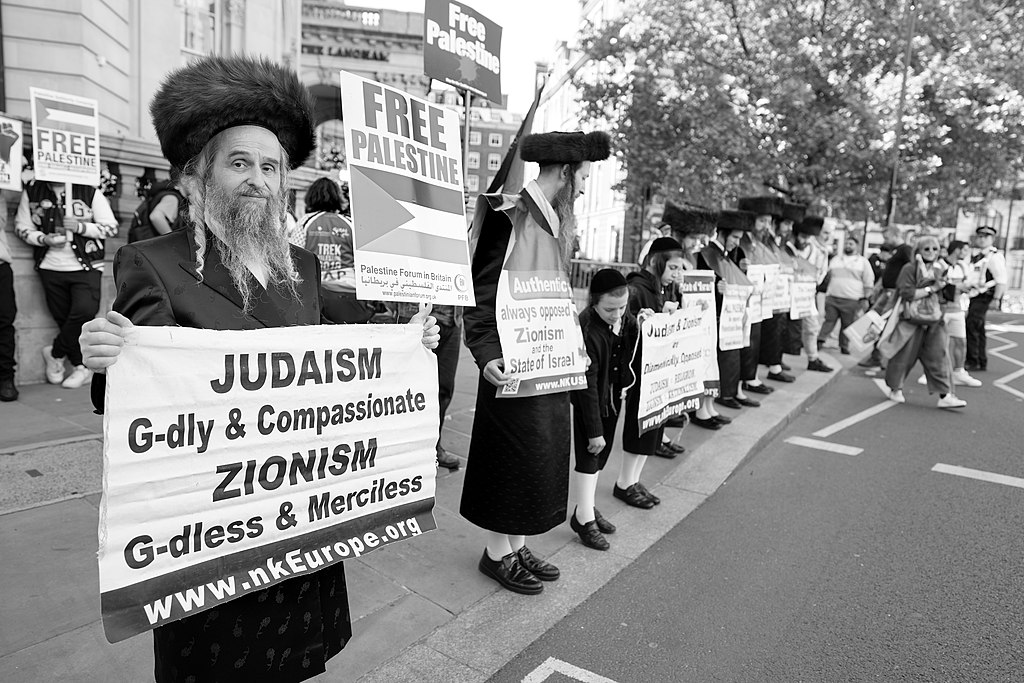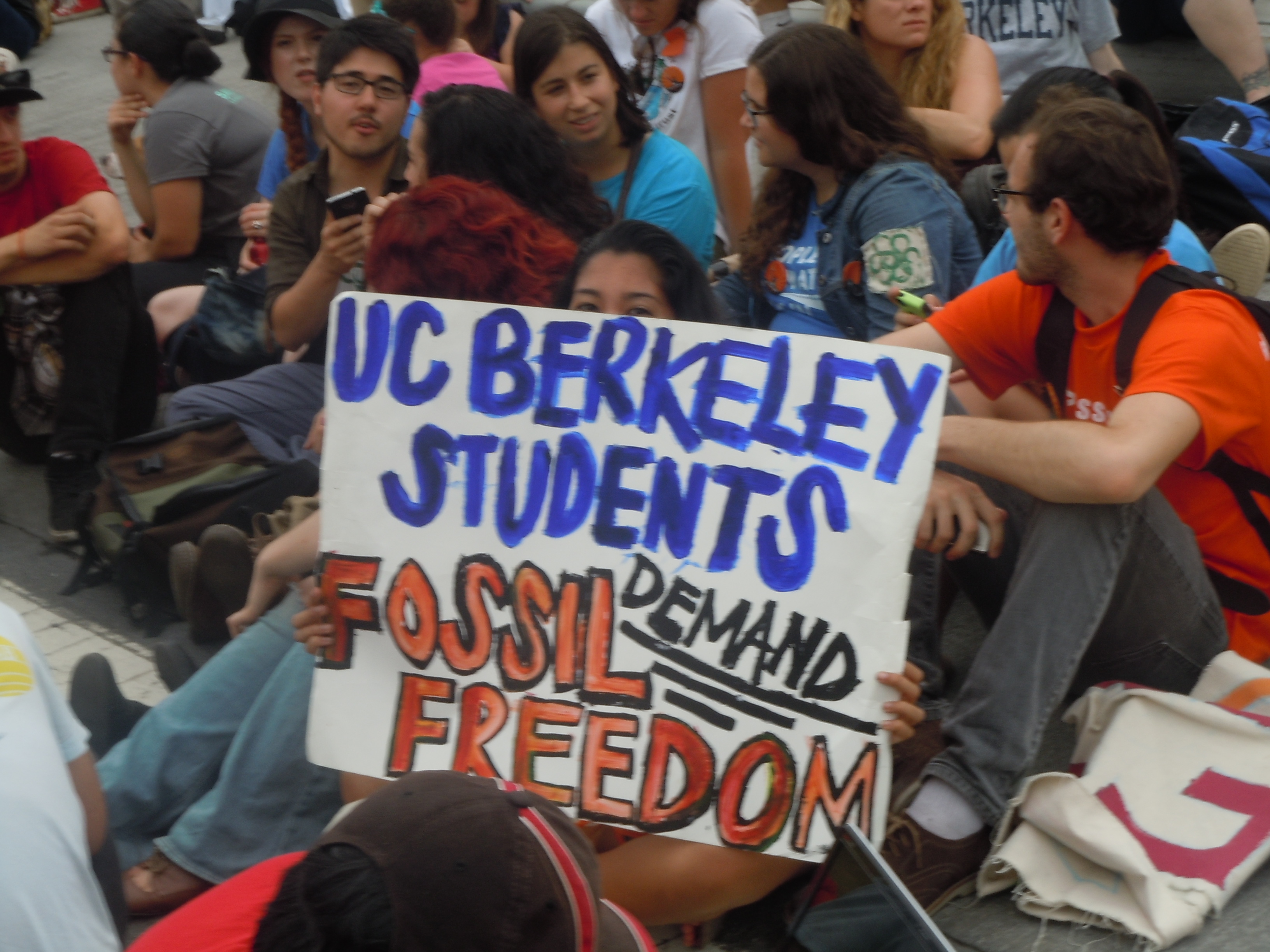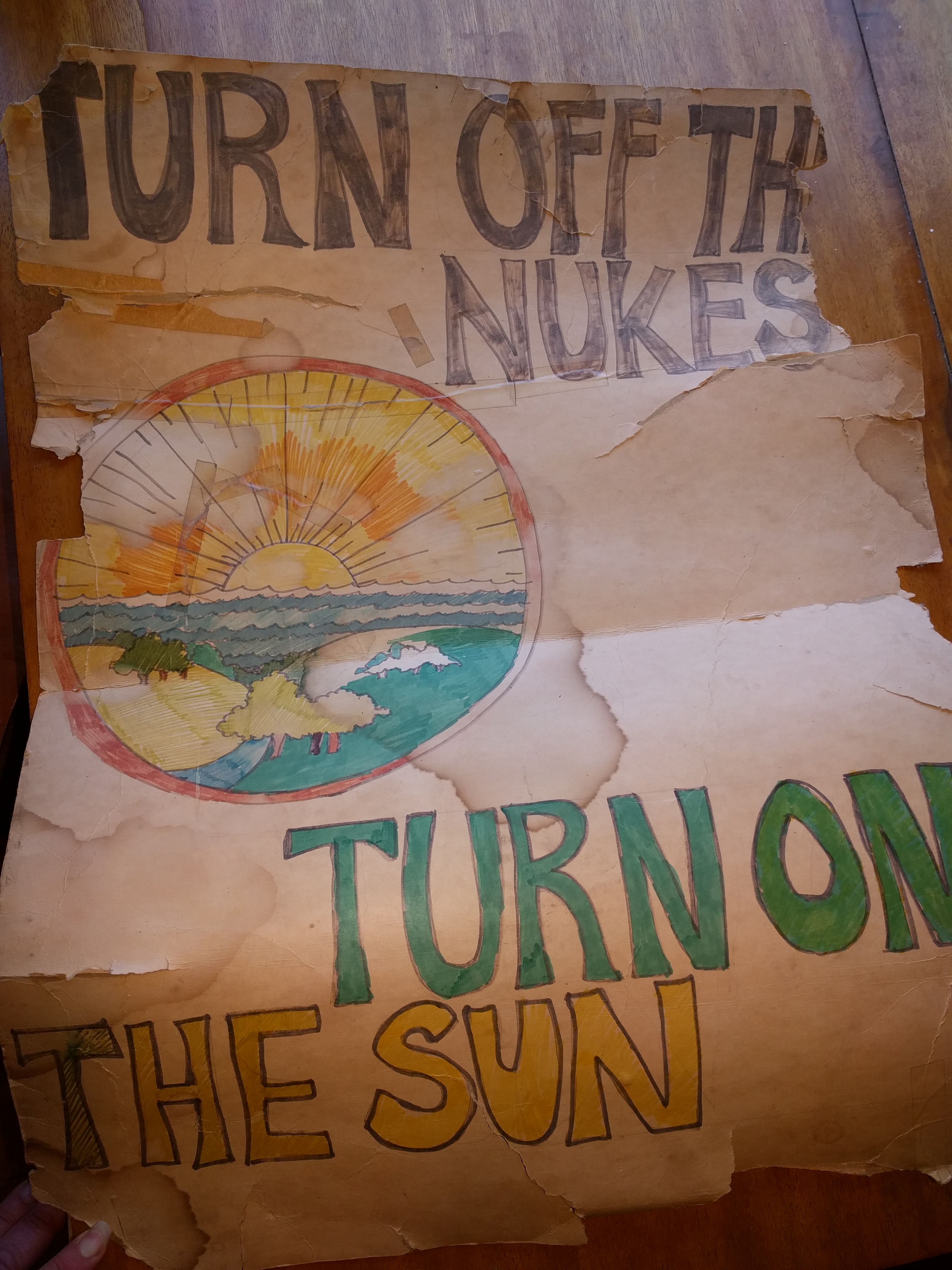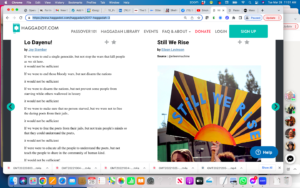What Kagan Left Out: How We Can PREVENT a Fascist Takeover of the US
The Washington Post’s Robert Kagan outlined a dismal road to fascism if DT is somehow elected in 2024. Read his piece and then come back here:
https://www.washingtonpost.com/opinions/2023/11/30/trump-dictator-2024-election-robert-kagan/
DT is likely to win the nomination, yes. And should he win in November, a second DT presidency would be far, far worse than the train wreck of his 2017-2021 term. The one thing DT tends to be truthful about is his penchant for cruelty and vengeance. His own and his advisors’ statements have made it clear that they intend to destroy the surviving parts of US democracy, seek revenge on anyone they see as an enemy, and create an authoritarian state that would imprison or deport opponents.
But Kagan is forgetting something really important: Winning the nomination is not the same as winning the election.
MAGA Republicans will nominate him, but moderate Republicans, Independents, swing voters, and of course, Democrats will not support another DT presidency. Add to that the millions of new young voters since 2016, the interest groups DT continues to alienate, and those who remember the DT years for the chaos, the dysfunction, the sowing of hatred against people of color, LGBT folks, women, scientists, Muslims, and oh yes, the attempted coup. Those who value women’s reproductive rights, voting rights for urban Black voters, diversity, education, religions other than White Nationalism disguised as a warped form of Christianity, the US’s status as a world leader, a Supreme Court that values settled precedent, and even ethical capitalism can find no home in a Republican Party led by a self-admitted sexual predator, a serial liar with 30,573 documented falsehoods just during his four years in the White House, an open bigot, a man who faces 91 criminal charges in multiple jurisdictions and has already been found to have committed fraudulent business practices, a deadbeat who doesn’t pay his bills and has no loyalty to even his most loyal henchmen, a man who continuously used the presidency for his/his family’s financial gain, who even his own first Secretary of State called a moron.
It is true that Biden will be a hold-your-nose choice for many. I am not happy with his horrible immigration policies, his greenlighting of environmentally destructive fossil fuel projects, and his lack of ability to curb violence against civilians in other parts of the world. But we don’t have ranked-choice voting in the US, and until we do, a vote for a third-party or a choice not to vote is a vote for DT, for authoritarianism, and quite possibly for fascism. I think enough people will realize this truth that if voters are allowed to vote and votes are counted honestly, DT will not win.







